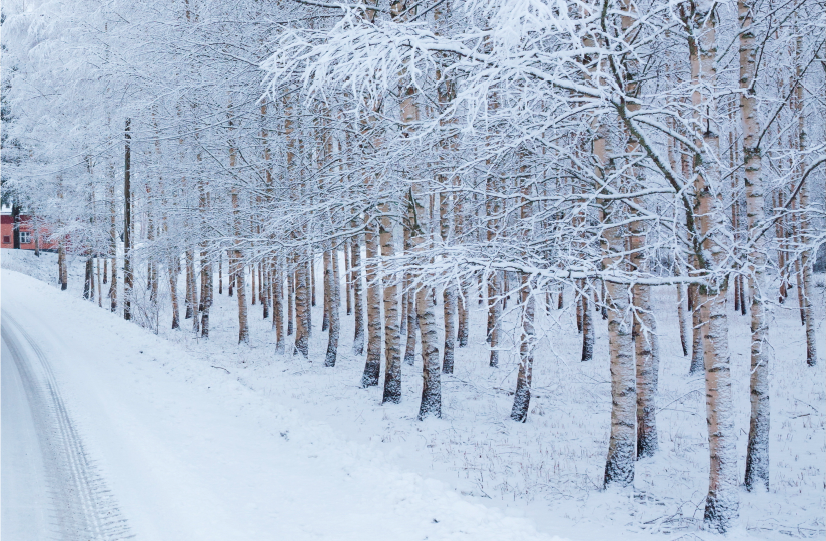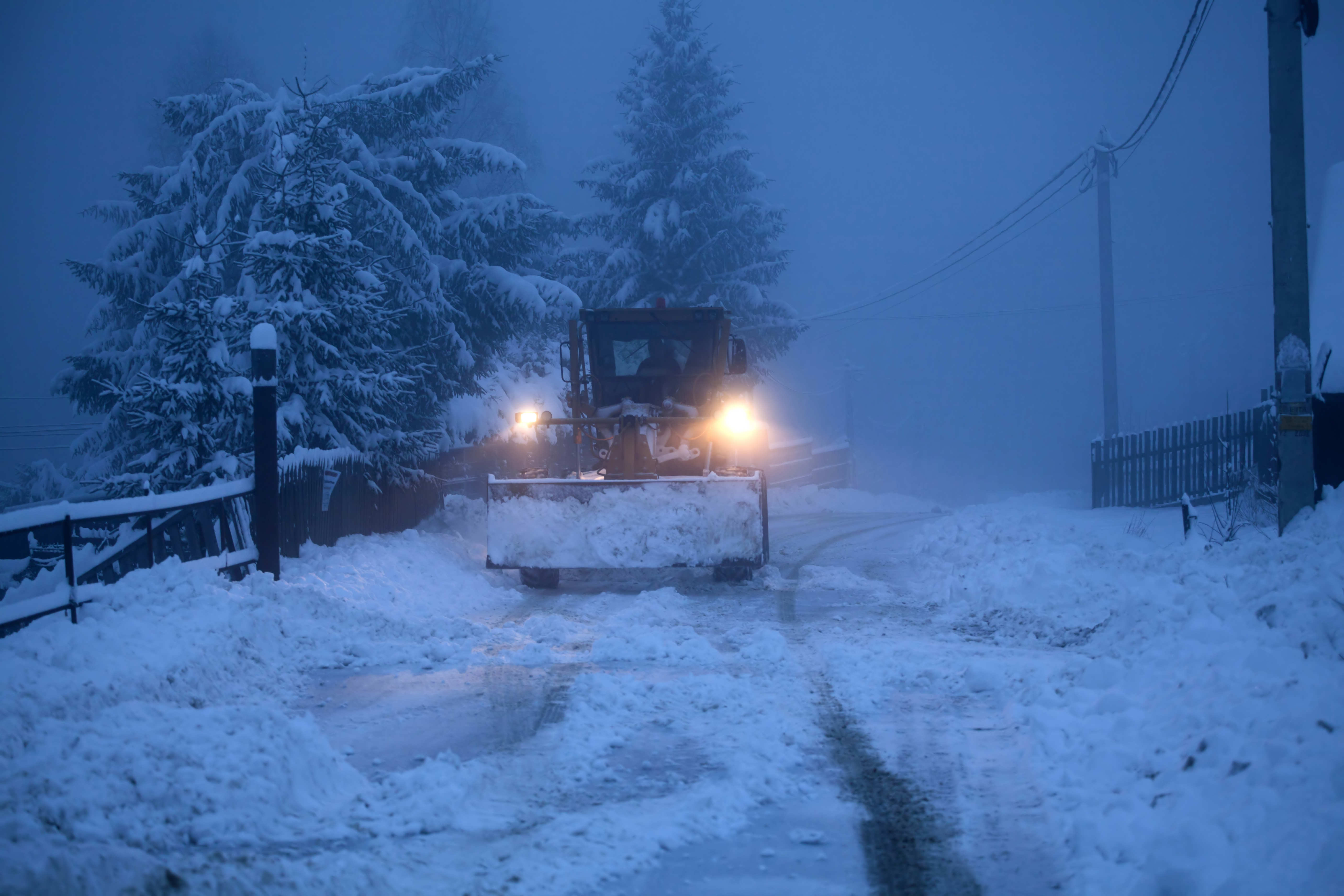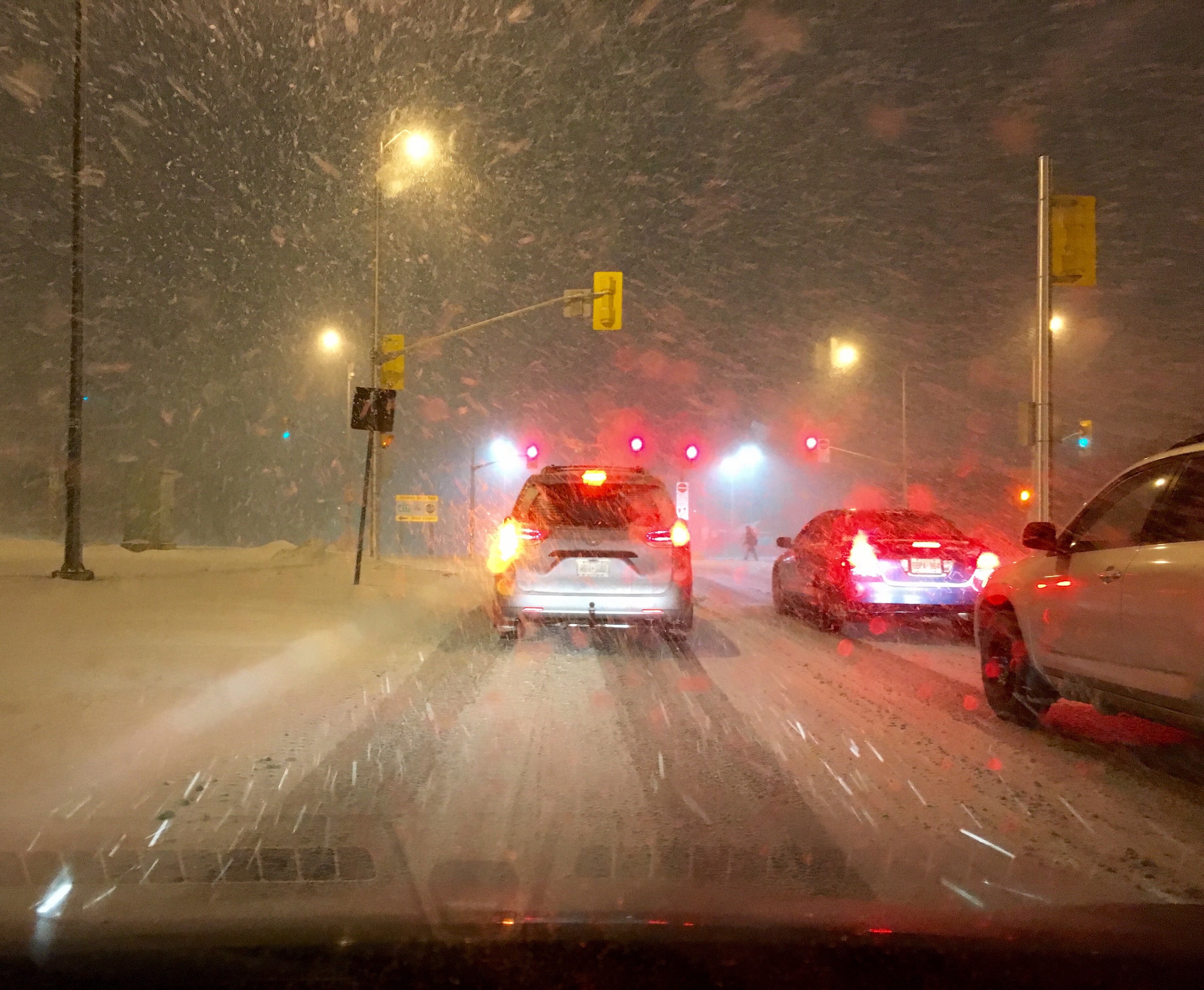Winter Weather Response Plan for Your Business - Part 2: Steps to Take Before Winter Weather

It’s essential for businesses to be prepared when dealing with extreme winter weather. By taking measures to prepare in advance, businesses can significantly minimize the impact of these events on their operations. Here are some crucial steps for businesses to take before a winter storm hits.
Including Winter Storms in Business Continuity Plans
A business continuity plan (BCP) outlines how a company can restore critical operations during an unplanned disruption in service. When creating their BCPs, it’s important for businesses to identify prevalent operational threats by focusing on the most likely disruptions and their related consequences. Because winter storms have the potential to cause widespread disruptions, businesses should be sure to include these events within their plans. Effective BCPs generally consist of the following components:
- Business impact analyses — Businesses should recognize the types of disasters (e.g., an ice storm causing a power outage on the production floor or a blizzard disrupting delivery operations) that could compromise their operations, assess the overall severity of these threats and identify various ways to minimize their impact.
- Organized frameworks — By developing detailed response frameworks and creating temporary relocation plans, businesses can ensure the proper steps are in place to keep property damage, operational disruptions and bodily harm to a minimum amid a disaster.
- Recovery strategies — Following a disaster, businesses must assess which critical functions are necessary for the restoration of sales, production and other operations. Businesses can develop recovery strategies by identifying and documenting their particular resource needs and conducting gap analyses.
- Tests and exercises — To successfully execute their BCPs in the face of disaster, it’s imperative for businesses to develop specific plan testing, exercise and maintenance requirements. Further, businesses should implement in-depth training and orientation processes regarding their BCPs for both new and existing employees.
- Ongoing reviews and updates — It’s best for businesses to regularly review and update their BCPs to ensure the effectiveness of these plans. Businesses grow and change over time, which may necessitate certain plan adjustments to address emerging risks and vulnerabilities.

Securing Sufficient Coverage
A range of commercial insurance policies can provide businesses with much-needed financial assistance after experiencing winter storm-related losses. While specific coverage needs may vary based on industry and location, companies of all sizes and sectors should consider the following policies:
- Commercial property insurance — This coverage can help a company pay for the resulting repair and replacement expenses if its commercial property gets damaged or destroyed by certain perils. In the scope of winter weather, covered losses may include roof damage from heavy snow or water damage from the formation of ice dams.
- Commercial auto insurance — Such a policy can help cover medical, auto repair and liability costs stemming from accidents involving a company’s commercial vehicles (e.g., crashes caused by icy roads or collisions due to low visibility during a blizzard).
- Business interruption insurance — This type of policy can help reimburse lost income and temporary relocation expenses if a covered event forces a business to temporarily close its doors or halt its operations. As it pertains to winter weather, this coverage may apply if, for example, heavy snow causes a tree to collapse on a nearby commercial property or frigid temperatures lead to frozen pipes, giving the affected business no choice but to shut down and operate elsewhere until repairs can be made.
- General liability insurance — Such coverage can help pay for the associated costs if a company is held responsible for causing third-party property damage or bodily injuries on its property or in the course of its operations (e.g., a customer being struck by a falling icicle or slipping on a patch of ice on company property).
- Workers’ compensation insurance — This coverage can help a business compensate its employees’ medical expenses and lost wages if workers experience occupational injuries or illnesses, including those caused by winter weather.
Businesses should consult trusted insurance professionals to discuss their particular coverage needs and update their policies when necessary to reflect their evolving exposures. In addition to these insurance policies, businesses should also keep in mind that some winter weather-related losses may require specialized coverage.
For instance, flood damage, which could arise from winter storms if substantial fluctuations in temperature generate widespread snowmelt, is typically excluded from standard commercial insurance policies. As a result, businesses should consider securing dedicated flood insurance to ensure ample protection against such damage. This coverage is available for purchase from private insurers and FEMA’s National Flood Insurance Program.
It’s worth noting that businesses generally won’t receive coverage for winter weather-related losses caused by negligence, such as not keeping their properties at warm enough temperatures to help prevent frozen pipes or failing to implement adequate snow removal and de-icing measures to avoid associated injuries. With this in mind, it’s crucial for businesses to supplement their commercial insurance policies with effective loss control strategies.

Protecting Commercial Property
Without proper precautions in place, businesses may encounter severe commercial property damage at the hands of extreme winter weather. Fortunately, businesses can prepare their properties and minimize related damage by implementing these winter storm safeguards:
- Prioritize maintenance and repairs. By keeping the different structural and mechanical features of their properties in good condition, businesses can help limit the damage winter weather may cause. This entails upholding the following maintenance and repair protocols:
- Inspecting the roof, gutters, drains and downspouts for wear and tear or other damage (e.g., holes, missing shingles or excess debris) and making repairs as needed
- Testing critical building components (e.g., heating, ventilating and air conditioning systems, electrical equipment, smoke and carbon monoxide detectors, and fire suppression systems) and remedying any concerns immediately
- Developing snow removal and de-icing plans for outdoor walkways, parking lots and the roof (e.g., designating certain employees to perform these tasks or hiring third-party services)
- Utilizing landscaping techniques that minimize the risk of soil erosion from ice buildup and snowmelt and promote sufficient drainage
- Leverage ample insulation and temperature controls. It’s vital for businesses to prevent frigid air, snow and ice from making it indoors and affecting their properties amid winter storms. This involves utilizing the following insulation and temperature controls:
- Monitoring thermostats and keeping temperatures above 40 degrees Fahrenheit at all times
- Inspecting the attic, walls and ceilings for cracks or holes and caulking or otherwise sealing them as quickly as possible
- Confirming that windows, doors, skylights, ventilators and shafts are weather-tight
- Installing water-resistant insulation for the attic, pipes and building exterior
- Protect valuable items and documentation. Businesses should store all essential machinery, technology, supplies, inventory and documentation (e.g., computers, production equipment, emergency contact information and insurance policies) in safe and secure locations, away from areas that may be more vulnerable to winter storm damage.
- Establish response plans and backup systems. Businesses should create emergency response plans that specifically address winter storms. These plans should outline emergency response team members and their primary responsibilities; gas, water and electric supply information; inventory and equipment details; and nearby disaster recovery services. Businesses should also adopt data protection plans to ensure vital records and files are regularly backed up in the cloud or secure off-site locations, thus allowing for continued access amid winter weather. Further, it’s important for businesses to purchase and maintain various backup systems (e.g., emergency generators and portable heaters) in the event that winter storms cause power outages or disrupt other utilities.

Safeguarding Employees
In addition to protecting their commercial properties during winter weather, it’s paramount that businesses safeguard their people. Since winter storms can arise quickly, advanced planning and preparation can help reduce the chance of injuries and even loss of life. Businesses should take these actions to protect employees and others when winter weather occurs:
- Designate worker roles. In doing so, businesses can help employees better understand their specific responsibilities during winter storms and know what is expected of them before, during and after such events.
- Establish communication procedures. These procedures include implementing companywide storm notification systems, creating strategies for knowing who is on-site when winter weather strikes, and appointing team leaders to communicate with and direct people during storms.
- Prepare emergency kits. Businesses should stock their commercial properties and vehicles with emergency kits to give employees the resources necessary to stay safe during winter weather. These kits may include the following items:
- Flashlights, radios, cell phones, portable chargers and spare batteries
- Flares, spare tires, jumper cables and tow ropes (if applicable)
- Copies of insurance policies and emergency contact information
- Blankets, warm clothing, nonperishable food and bottled water
- Extra snow removal and de-icing materials (e.g., ice scrapers, shovels and rock salt)
- First-aid supplies
- Implement adequate policies and procedures. Businesses should adopt workplace safety policies and procedures that limit winter storm exposure among their employees, especially those who work outdoors. These policies and procedures may include acclimatizing outdoor workers to frigid temperatures in small increments before scheduling them for longer shifts in such conditions, limiting total time spent outside in snowy and cold weather, offering hot liquids (e.g., noncaffeinated tea) to drink on-site and periodic breaks in heated areas, and providing necessary tools and personal protective equipment (PPE).
- Provide safety training. Educating employees on winter weather safety through routine training can make all the difference in helping them avoid associated injuries and illnesses. Businesses should include several topics in this training, such as the following:
- The definitions for common winter storm warnings and advisories and associated workplace response measures. Ways to prepare for and remain safe during outdoor shifts in winter weather (e.g., dressing in multiple layers of loose clothing and insulated boots, wearing a hat and gloves, staying hydrated and eating healthy snacks during breaks, being cautious when walking on icy surfaces, utilizing required PPE, staying as dry as possible and refraining from overexertion)
-
The symptoms of cold stress, hypothermia and frostbite (e.g., inflamed or discolored skin, numbness and tingling, excessive shivering, fatigue and confusion) and how to respond
-
Methods for driving safely in winter weather (e.g., driving at reduced speeds, increasing following distances, accelerating and decelerating with caution, and taking turns slowly)
-
Conduct regular drills. Such drills can help employees practice their responses to a range of winter weather scenarios. These drills should address items such as first aid, CPR, snow and ice safety, and ways to recognize and report potential hazards. Local officials and emergency responders can observe, advise or even participate in these drills.

Save and use this checklist to help stay prepared.

Please reach out us if you are need of winter weather protections for your business.
910-762-8551


